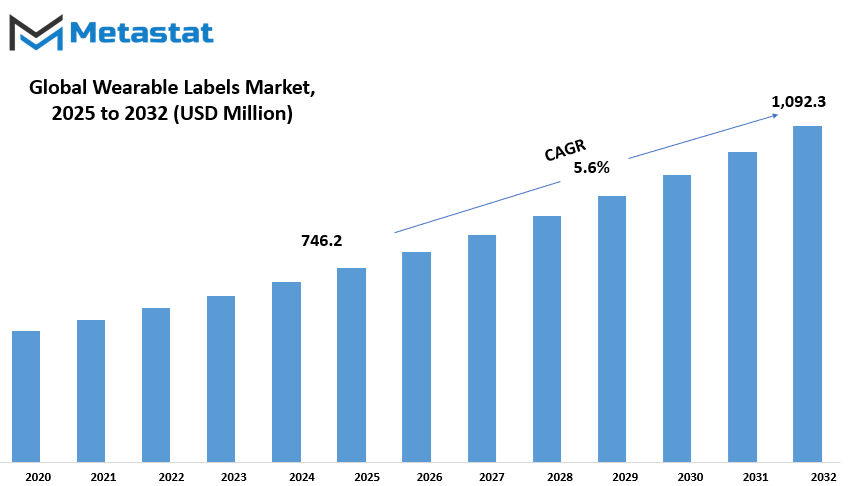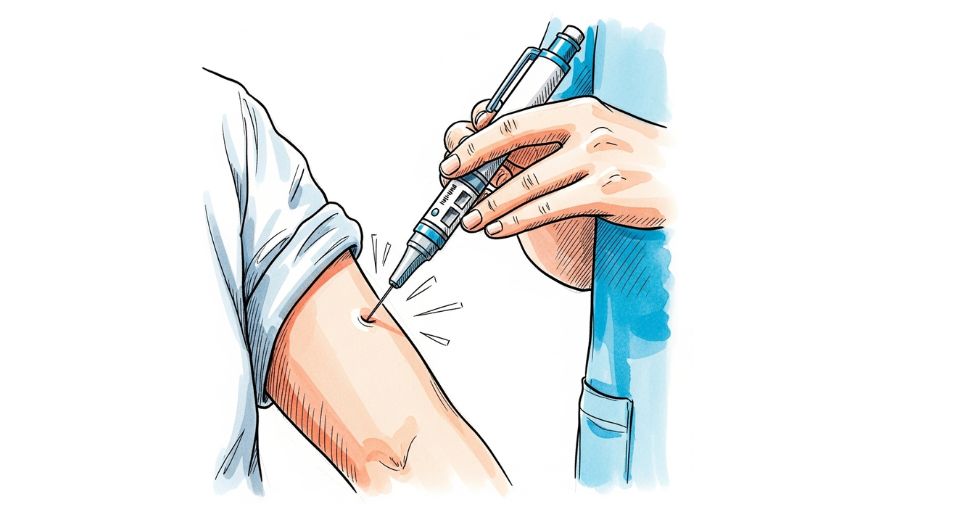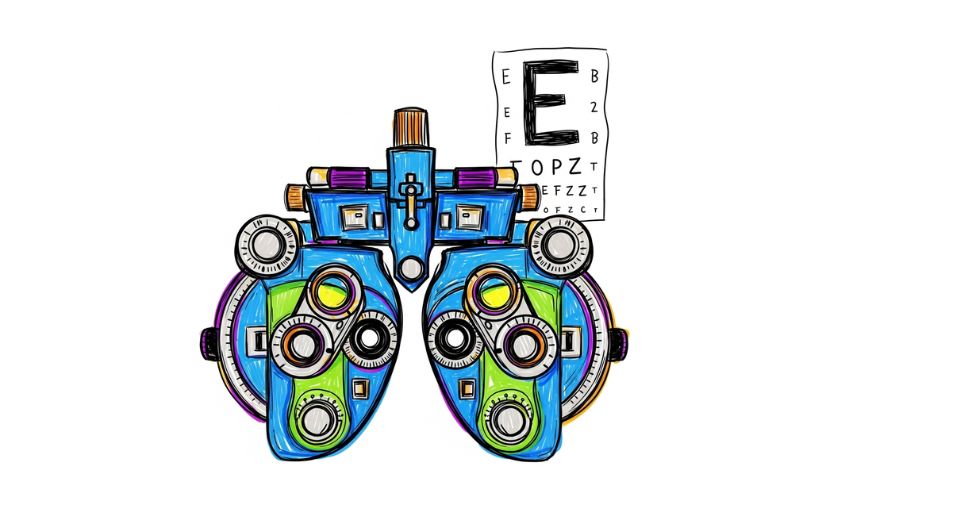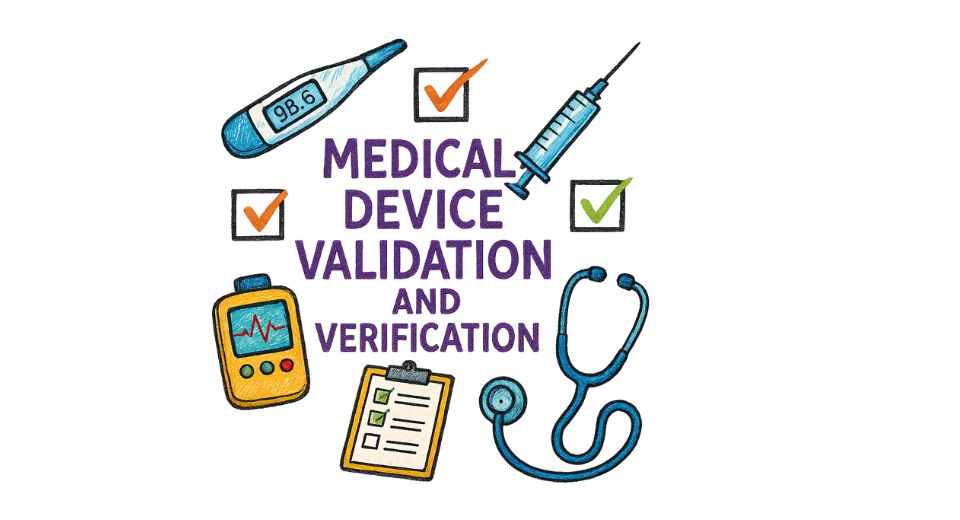MARKET OVERVIEW
The Global Wearable Labels market into various industries to such an extent that, in future, companies will find many more ways to let technology work as smart features within their labeling systems. This will be one of the core areas for industries such as healthcare, retail, logistics, as well as fashion, which will spur the need for innovative solutions. Companies will have access to wearables that will incorporate sensors and RFID technology, thus creating opportunities for businesses to experience improved operational efficiency with regard to customer experience and process standardization.
Increasingly over the next few years, wearable labels will find their greatest use in healthcare. They will form a small part of the suite of tools employed in hospitals and clinics, and will be used for identification, monitoring of vitals, and tracking of medical equipment associated with patients. They will allow for real-time collection of patient data, which will support information-driven decisions by healthcare professionals in the provision of patient care.
Finally, wearable labels will become eminent inside hospitals, providing the necessary basis such that when patient tracking and medication management become indispensable, there will be dramatically reduced error rates and better outcomes.
Fashion and apparel brands will utilize wearable labels for much more than just branding. Rather, these labels will develop into interactive platforms that provide direct interfaces for customers on how to access product details, use instructions, or even virtual styling options.
Global Wearable Labels market is estimated to reach $1,092.3 Million by 2032; growing at a CAGR of 5.6% from 2025 to 2032
GROWTH FACTORS
The global wearable labels market has experienced very impressive growth, which has been caused by some determinant factors that will have greater influence in future. One such factor is the increase in demand for health monitoring and smart textiles egging the requisite for the novel wearable label technology and health monitor designed to be an effective tool on how one focuses on health and wellness. It is through this that wearable labels will give the best reference in tracking vital information, including heartbeat rates, temperature, and medical history. It is expected to fuel the market further as other sectors, especially healthcare and fitness, try to put into consideration how to utilize wearable labels on their products and services.
The other major thing that goes hand in hand with revolutionizing this market is the increased adoption of RFID (Radio Frequency Identification) and NFC (Near Field Communication) technology in the designing of a wear label. And it's not only changing how a wear label is designed, but improving its utility. It makes it possible for the wear labels to communicate seamlessly with other devices and greatly contribute to efficient data collection and tracking through RFID and NFC adoption. The more widespread these technologies become, the more they bring with them innovations that will come up with even more advanced wearable labeling solutions for use in broader-ranging applications.
MARKET SEGMENTATION
By Type
The global wearable labels market is an emerging and evolving market with an array of labels that play a key role in its growth. The market is, therefore, expected to keep flourishing with every passing day as new innovations enter the arena of wearable technologies. Among the wearable label types, pressure-sensitive adhesive labels are considered a noticeable segment. This segment is valued at $251.3 million, and prospects for its continued growth seem bright mainly due to ease of application and strong adhesion over a variety of surfaces-suitable for application in wearable devices.
Another prominent segment includes skin adhesive patches, which are meant to remain on the skin for long periods. They have taken the center stage due to their comfort and secure fit, which allows continuous monitoring of different health metrics. Skin adhesive patches have an all-purpose solution for drug delivery systems and health monitoring in medical applications and personal wellness.
Electrodes sensor labels are also gaining importance in the wearable labels market. These labels are designed to interact with the corresponding sensors that monitor different health parameters, such as heart rate, temperature, or even brain activity. Their ability to provide real-time data makes them extremely useful in various medical settings and personal health management.
By Application
The global wearable labels market has been widening due to many applications into various sectors. One of the growth opportunities has been in medical diagnostics, where wearable labels are now being used for health monitoring and providing data inputs for real-time decision-making by doctors and their patients. Essentially, the body-worn devices collect critical health information such as heart rate, temperature, and other vital signs fed to health professionals without having to be in the patient's vicinity for monitoring. The resultant effect is a much more personalized and effective healthcare approach to be provided, especially in a remote or underserved area.
Wearable labels are also becoming increasingly popular for setting the training within sports performance monitoring, thus helping an athlete and coach toward performance improvement. Being incorporated into game equipment by clothing or accessories, the wearable labels record metrics such as movement, speed, and physical strain. The data provides invaluable insight into understanding an athlete's capabilities, allowing them to train smart and recover fast. The information could also help the coach in modification of training regimens to make sure that athletes perform well while minimizing injury risks.
The fashion industry is now incorporating wearable labels on the rise not only for their practicality but also for their aesthetic finesse. Wearable technology is blended seamlessly into garments and accessories, providing utility and high-tech functionality without compromising designer flair. In the field of leisure and wellness, wearable labels are being used by people for the tracking of fitness, sleep, and overall wellness. Well, these wearable gadgets provide a real-time monitoring of health by encouraging a healthier lifestyle and wellbeing. Most of these wearable labels are friendly and provide evidence easy to comprehend and apply in a daily lifestyle.
Finally, other key areas in wearables include electronics such as smartwatches, fitness bracelets, all health-monitoring gadgets, and many more. They may even offer a signal, some voice communication with other devices, and in-built storage. Technically, as time goes on, wearable electronics become more advanced, and so much will be integrated into everyday lives, focusing on health monitoring as well as carrying convenience with it to the customers.
The wearable labels market is proliferating in medical diagnostics, sports, fashion, wellness, and electronics since all areas have their own applications and benefits. Each sector offers unique benefits that cater to different needs. Moreover, as technology improves, these devices would get even more common in daily life.
|
Forecast Period |
2025-2032 |
|
Market Size in 2025 |
$746.2 million |
|
Market Size by 2032 |
$1,092.3 Million |
|
Growth Rate from 2025 to 2032 |
5.6% |
|
Base Year |
2024 |
|
Regions Covered |
North America, Europe, Asia-Pacific, South America, Middle East & Africa |
REGIONAL ANALYSIS
The basic geographical framing of the wearable labels market is done in the context of North America, Europe, Asia-Pacific, South America, and the Middle East and Africa. North America only includes three nations, namely, the USA, Canada, and Mexico. Europe alone counts five major countries--the UK, Germany, France, Italy, and the rest of Europe.
The Asia-Pacific region encompasses markets such as India, China, Japan, and South Korea. The remaining countries of this region are grouped under "Rest of Asia-Pacific". South America is Brazil, Argentina, and the rest of the continent. This includes, but is not limited to, the argument for the Gulf Cooperation Council covering GCC countries and Egypt, along with South Africa and the rest of the Middle East & Africa.
It is this kind of geographical division that paves the way for looking at the differences in the wearable labels market at a macro-level in the world. And, segmentation permits the companies to customize their product and advertising methods in order to fit the particular wishes and preferences of the consumers, applicable to all the regions in question.
For instance, in North America, consumer behavior in the U.S, Canada, and Mexico will definitely be the driving force, while Europe will analyze individual markets like the UK and Germany and thus be able to sharpen NTA. Asia-Pacific offers a different picture altogether in terms of the wearable-label market; here, China and Japan are countries in their own right.

COMPETITIVE PLAYERS
Several defining features describe the present-day global wearable labels market, with one principal aspect tending to be the relentless development and innovative patterns emerging in the industry concerned with such labels. Major players in the industry involve companies such as 3M, Avery Dennison Corporation, Bostik Inc., Nitto Denko Corporation, Tesa SE, and Flexcon Company, Inc., which form an integral part in bringing change to the wearable labels industry.
Given that 3M is a world leader in materials and adhesive technologies, the company keeps on developing products, broadening its range of wearable label solutions addressing health care, personal fitness, and several other needs. Avery Dennison Corporation is a competitor known for its avant-garde technologies in labeling and RFID solutions. The wearable labels developed by Avery Dennison were targeted at tackling the burgeoning requirement of diverse industries, such as retail and healthcare, by providing functionalities combined with durability.
Bostik Inc. is also an important contributor to the competition by providing high-grade adhesives that can be used in wearable labels. The materials make for a great comfort and durability focus, which is what manufacturers are looking for. Nitto Denko Corporation is a commanding name for their know-how in advanced materials technology concerning wearable labels for medical and industrial applications. Due to the strong position Nitto Denko maintains in R&D, the company has been able to provide cutting-edge solutions to the market.
Tesa brand names are recognized globally. Their wearable labels find application in innumerable cases. With the development of adhesive solutions that are effective and reliable, Tesa has been able to create an acknowledged presence in the wearable labels space. Flexcon Company, Inc. has made significant contributions with its high-end versions in printing labels. By developing high-performance labels that fit the demands of the wearable technology domain, Flexcon has become an indispensable player in the industry.
As the landscape of the market changes, these companies will inevitably play a key role in instigating new innovations to address the challenges of a market growing more than demands in wearable labels. Their excellence in materials, technology, and product development becomes crucial to meeting the diverse range of needs that include a broad spectrum, from health care down to consumer goods. Indeed, the global market for wearable labels is projected to grow, and these companies' roles will occur at the forefront of the charge.
Wearable Labels Market Key Segments:
By Type
- Pressure-Sensitive Adhesive Labels
- Skin Adhesive Patches
- Electrode Sensor Labels
- Medical-Grade Adhesive Labels
- Smart Adhesive Patches
By Application
- Medical Diagnostics
- Sports Performance Monitoring
- Fashion Accessories
- Leisure and Wellness
- Wearable Electronics
Key Global Wearable Labels Industry Players
- 3M
- Avery Dennison Corporation
- Bostik Inc.
- Nitto Denko Corporation
- Tesa SE
- Flexcon Company, Inc.
WHAT REPORT PROVIDES
- Full in-depth analysis of the parent Industry
- Important changes in market and its dynamics
- Segmentation details of the market
- Former, on-going, and projected market analysis in terms of volume and value
- Assessment of niche industry developments
- Market share analysis
- Key strategies of major players
- Emerging segments and regional growth potential








 US: +1 3023308252
US: +1 3023308252






